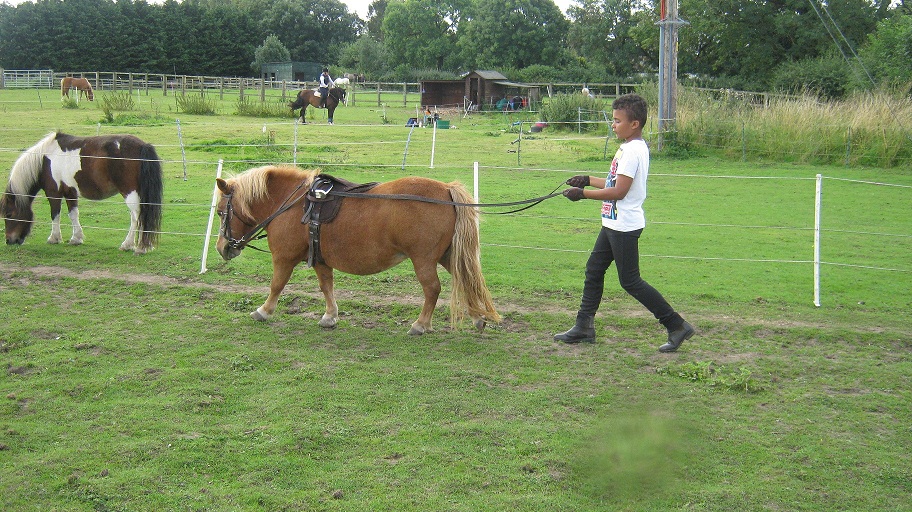As part of Ben's rehab I have been advised to long rein him to enable him to build up his back muscles without my weight on top of him. I need to find someone to teach me how to do it as no-one on my yard long reins. I have never seen anyone do it in real life.
I have searched you tube for videos and there are loads from America, but hardly any from England. Why is long reining not popular over here?
So you long rein on a regular basis and what are your top tips? What equipment would you advise I buy? I have read that heavy reins are better than light ones for example? Do you use a surcingle or your saddle with the long reins through the stirrups? We have lots of off road land so roads are not an issue.
Any advice welcome. x
I have searched you tube for videos and there are loads from America, but hardly any from England. Why is long reining not popular over here?
So you long rein on a regular basis and what are your top tips? What equipment would you advise I buy? I have read that heavy reins are better than light ones for example? Do you use a surcingle or your saddle with the long reins through the stirrups? We have lots of off road land so roads are not an issue.
Any advice welcome. x





